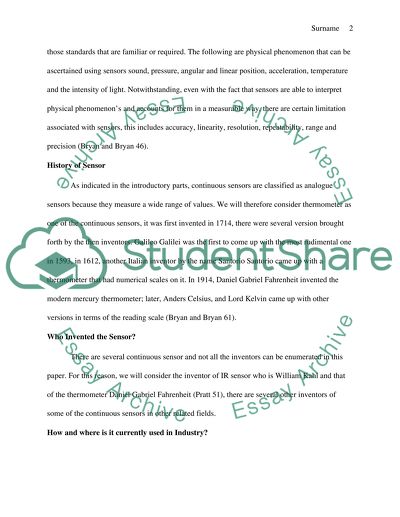Continuous type Research Paper Example | Topics and Well Written Essays - 750 words. Retrieved from https://studentshare.org/engineering-and-construction/1480500-continuous-type
Continuous Type Research Paper Example | Topics and Well Written Essays - 750 Words. https://studentshare.org/engineering-and-construction/1480500-continuous-type.


